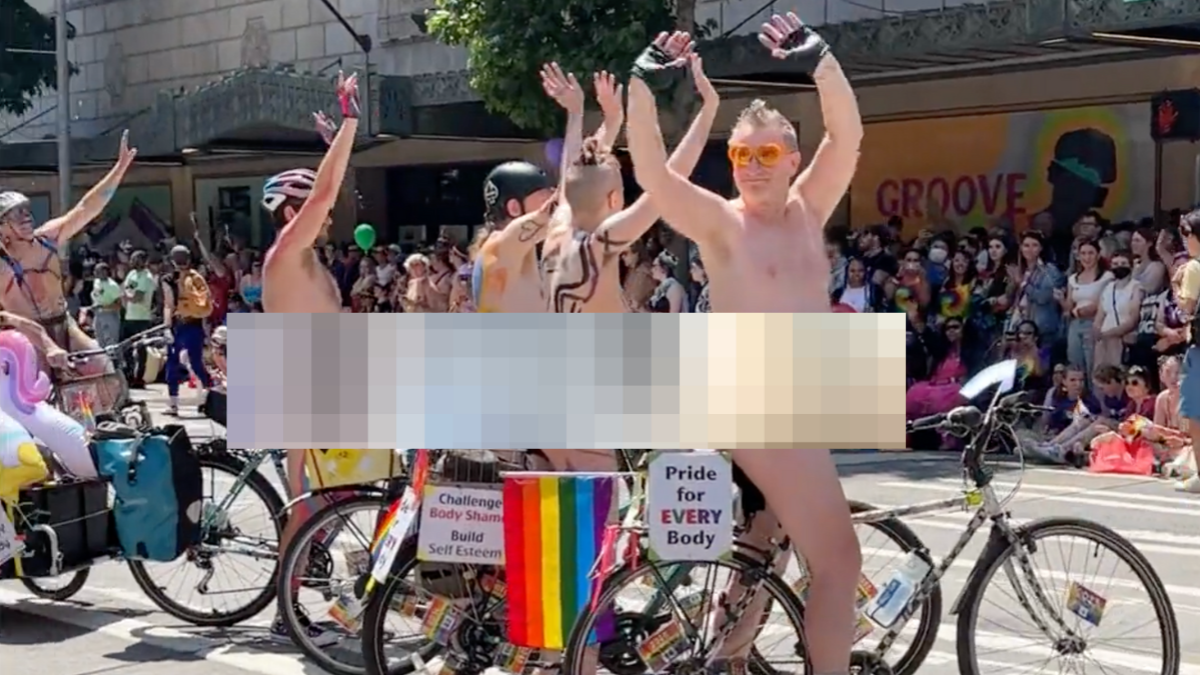
Cancel culture’s latest victim: Snow White. In an article for SFGate, editors Julie Tremaine and Katie Dowd criticized Disneyland’s revamped Snow White ride for including scenes of the movie’s iconic kiss between the prince and a sleeping Snow White.
“A kiss,” the authors claim, “he gives to her without her consent, while she’s asleep, which cannot possibly be true love if only one person knows it’s happening.” Horror of horrors! As if being pursued by a murderous stepmother isn’t enough, the beloved fairy tale character is, in fact, a victim of rape culture!
“Why not re-imagine an ending,” the authors suggest, “in keeping with the spirit of the movie and Snow White’s place in the Disney canon, but that avoids this problem?”
Putting aside the nonsensical notion that the movie could somehow remove its climactic scene and stay true to the “spirit of the movie,” this critique of “Snow White” illuminates a crucial issue: we’ve forgotten how to read fairy tales.
Believe it or not, these accusations against Snow White’s prince aren’t new. Back in 2018, actress Kristin Bell — who voiced Princess Anna in Disney’s 2013 blockbuster “Frozen” — revealed that she uses the story of “Snow White” to discuss consent with her daughters. “Don’t you think that it’s weird that the prince kisses Snow White without her permission?” she asked. And in 2017, a Japanese professor named Kazue Muta tweeted that the prince’s kiss is actually “sexual assault on an unconscious person.”
The SFGate article took the internet by storm and ignited a fierce debate. Is Snow White’s prince her heroic rescuer or just another toxic male? The topic trended on Twitter and major publications leaped into the fray.
In the United Kingdom’s Daily Mail, Piers Morgan wrote the critique off as yet another complaint from the “lunatic woke brigade.” But USA Today quoted a mother who is now concerned about taking her 8-year-old son on the ride. “I understand what the SFGATE article is saying,” Amanda Cruz told the newspaper, “it made me have to explain when and when not to kiss someone to my boy.”
The very obvious response is that if the prince hadn’t kissed Snow White, she would have remained asleep for all eternity, which is, you know, bad. Satire site The Babylon Bee ran the hilarious headline, “Disney To Remove Problematic Kiss From Classic Movie, Snow White Will Now Remain Dead.”
The real problem, though, is that Tremaine, Dowd, and all the others are taking fairy tales too literally. Fairy tales are allegories. Everything in them is a symbol representing something else.
As Joan Gould explains in her book “Spinning Straw Into Gold,” fairy tales operate within a “visual code.” Mythographer Marina Warner dubs it “a symbolic Esperanto.” Whatever you call it, fairy tales use a kind of symbolic shorthand that allows them to convey complex concepts in short, easy to digest metaphors. “The symbolism comes alive and communicates meaning,” Warner explains.
From story to story, the symbols are the same, allowing us to quickly understand the universal truth each fairy tale is meant to convey. In his book, “The Uses of Enchantment,” child psychologist Bruno Bettelheim explained that the fairy tale forest, for example, represents “the dark, hidden, near-impenetrable world of our unconscious.” Gould says that, in a fairy tale, “the good must be beautiful while the wicked are ugly,” not because beauty is prized above all else, but because outer beauty represents inner goodness.
In Disney’s “Snow White and the Seven Dwarfs,” the prince does have permission to kiss Snow White. He just doesn’t get it in writing and signed in triplicate. When Snow White and her prince meet at the beginning of the film they fall in love. It’s love at first sight, true, but in the language of fairy tales, this symbolically tells us that they each have seen the other’s inner selves, as represented by their outer beauty.
If he hadn’t kissed her at the end, the prince would have condemned Snow White to the “sleeping death” forever because only “love’s first kiss” can wake her. The fact that his kiss does wake her up proves their love is true. Snow White’s prince is exactly the kind of man a mother should want for her daughter.
People like Tremaine and Dowd are misrepresenting fairy tales to our children. They are pulling them out of the symbolic and plonking them down in the real world — a place fairy tales (as the name suggests) never even pretended to inhabit.
In doing so, they are robbing a generation of children of the lessons these stories have taught us for centuries. When a little girl puts on a tiara and happily pulls her flouncy princess dress from her dress-up bin, she isn’t participating in a patriarchal structure that keeps women down — she’s cloaking herself in glory.









